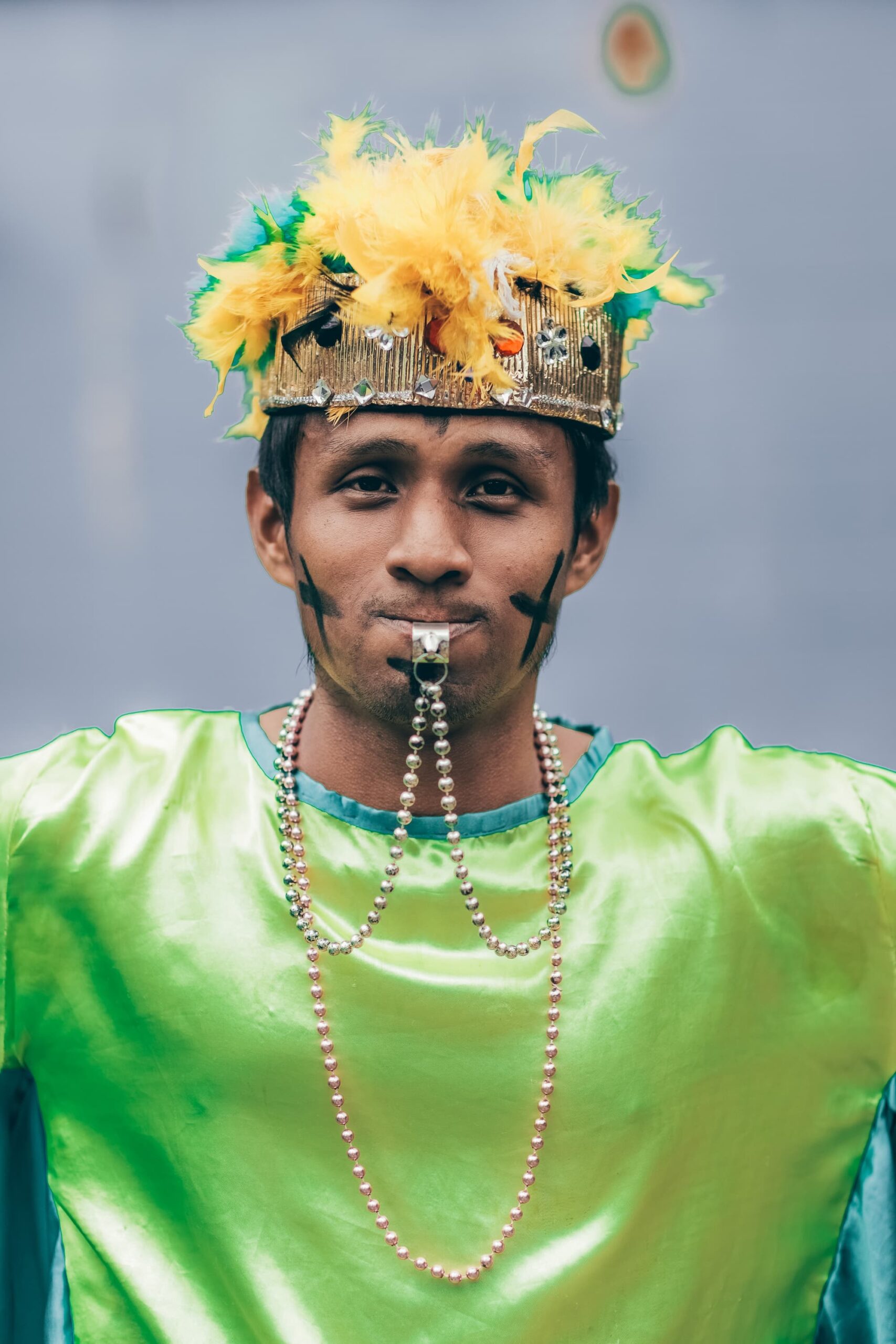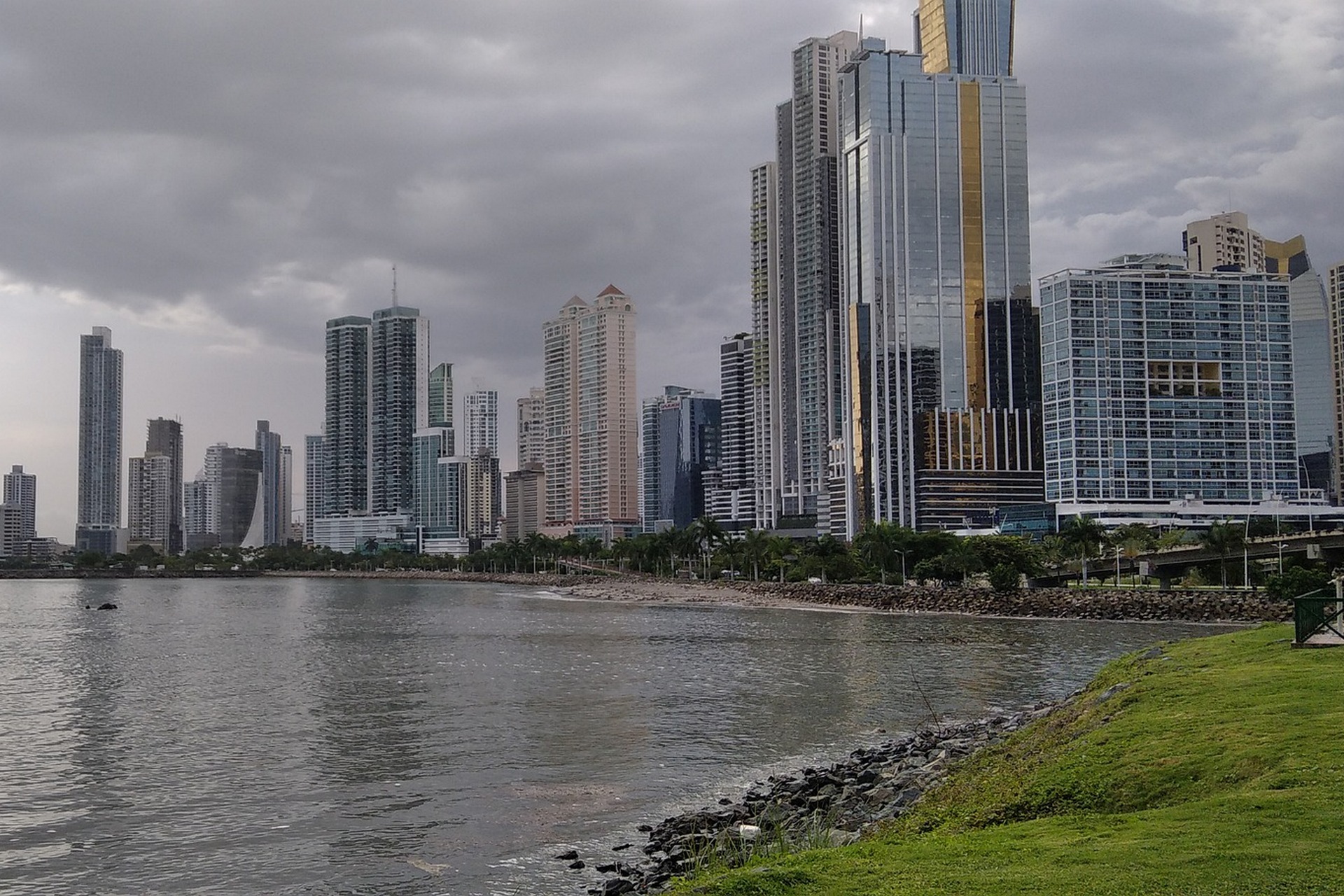Explore Panama: Your Guide to the Top Festivals and Celebrations

Panama, a country known for its vibrant culture and rich history, offers a plethora of festivals and celebrations that capture the essence of its diverse heritage. From traditional folklore to modern music festivals, Panama’s events are a testament to its lively spirit. Whether you’re a local or a visitor, experiencing these festivities is a must. Here’s your ultimate guide to Panama’s top festivals and celebrations.
Carnaval de Panama
One of the most anticipated events in Panama, Carnaval de Panama is a grand celebration held before Lent. This multi-day festival takes place in various cities, with the most famous celebrations in Panama City and Las Tablas. Known for its exuberant parades, colorful costumes, and infectious music, Carnaval de Panama draws both locals and tourists to join in the revelry.
Parades
- Colorful Floats: Elaborately decorated floats depict cultural themes, historical events, and mythological stories. These floats captivate spectators with their creativity and grandeur.
- Traditional Costumes: Participants wear vibrant, traditional costumes reflecting Panama’s diverse cultural heritage. These costumes feature intricate designs, bright colors, and elaborate headpieces, adding to the visual spectacle.
- Lively Music: The parades are accompanied by lively music, including traditional Panamanian tunes and contemporary hits. Marching bands, drummers, and musicians create an infectious atmosphere of joy.
Water Fights
- Culecos: Known as “culecos,” these water fights are a fun and refreshing part of the festivities. Participants use buckets, hoses, and water balloons to drench each other in the streets. This tradition cools down revelers in the tropical heat and adds a playful element to the celebrations.
- Community Involvement: Both locals and tourists join in the water fights, fostering a sense of community and camaraderie. Families, friends, and even strangers playfully splash water on each other, creating a memorable experience.
Music and Dancing
- Non-stop Music: Throughout Carnaval, expect non-stop music that keeps the party going day and night. From traditional Panamanian rhythms to modern dance tracks, there’s a wide variety of music to enjoy.
- Street Dancing: The streets come alive with people dancing to the beats. The festive atmosphere encourages everyone to join in and enjoy the moment.
- Live Performances: Organized live performances by local and international artists take place in central locations, attracting large crowds and adding to the excitement of Carnaval.
Feria de La Chorrera
Feria de La Chorrera is a week-long celebration of agriculture, livestock, and Panamanian culture held in the town of La Chorrera. This festival combines traditional elements with modern attractions, making it a popular event for families and visitors.
Exhibitions
- Livestock Shows: Farmers and breeders display their best animals, highlighting the region’s agricultural prowess with competitions for the best breeds.
- Agricultural Displays: Extensive displays showcase local produce, farming techniques, and innovations in agriculture, offering insights into Panama’s agricultural heritage.
- Local Crafts: Artisans sell handcrafted goods, including pottery, textiles, and jewelry, reflecting Panama’s rich cultural traditions and offering unique souvenirs.
Rides and Games
- Funfair Rides: The fairground features rides for all ages, from thrilling roller coasters to gentle carousels, providing entertainment for the whole family.
- Games: Various game stalls offer a chance to win prizes, adding a fun and competitive element to the fair.
Food
- Traditional Panamanian Dishes: Numerous stalls offer traditional Panamanian cuisine such as sancocho, tamales, and empanadas, making the fair a food lover’s paradise.
- International Cuisine: The fair also features a variety of international dishes, catering to diverse tastes with both Latin American specialties and global favorites.

Semana Santa
In Panama, Semana Santa, also known as Holy Week, is a major religious occasion observed with solemn processions and rituals. During this week-long celebration, the Passion, Death, and Resurrection of Jesus Christ are remembered. It’s a period of devotion and introspection that’s widely observed throughout the nation.
Processions
- Elaborate Processions: The highlight of Semana Santa is the elaborate religious processions that take place throughout the week. These processions feature life-sized statues of Jesus, the Virgin Mary, and other biblical figures, carried through the streets by devout followers.
- Stations of the Cross: Many processions follow the Stations of the Cross, a series of 14 images that depict the events leading up to Jesus’ crucifixion. Participants stop at each station to pray and reflect, creating a solemn and reverent atmosphere.
Church Services
- Special Masses: Churches across Panama hold special masses and services throughout Holy Week. These services include readings from the Bible, hymns, and prayers, providing an opportunity for worshippers to deepen their faith.
- Vigils: Many churches hold vigils, especially on Holy Thursday and Good Friday. These vigils involve extended periods of prayer and meditation, often lasting through the night.
Reenactments
- Biblical Scenes: Dramatic reenactments of biblical scenes are a popular tradition during Semana Santa. These performances, often held in small towns, depict events such as the Last Supper, the Crucifixion, and the Resurrection.
- Community Participation: Local communities actively participate in these reenactments, with many residents taking on roles as biblical characters. This involvement fosters a strong sense of community and religious devotion.
Festival de la Mejorana
The Festival de la Mejorana in Guararé is a celebration of Panamanian folklore and traditional music. Named after the Mejorana, a traditional Panamanian string instrument, this festival is a cultural extravaganza that highlights the country’s rich heritage.
Music and Dance
- Traditional Performances: The festival features performances of traditional Panamanian music, with musicians playing the Mejorana and other folk instruments. These performances showcase the country’s musical heritage and provide a lively and entertaining atmosphere.
- Folk Dances: Folk dances are a central part of the festival, with dancers performing traditional routines in colorful costumes. These dances are a visual delight, reflecting the diverse cultural influences that have shaped Panamanian traditions.
Costumes
- Traditional Attire: Participants wear traditional attire that reflects Panama’s cultural diversity. Women often wear Polleras, intricate and beautiful dresses, while men don traditional shirts and hats. These costumes are a significant part of the festival, adding to its visual appeal.
- Cultural Heritage: The costumes and performances at the festival highlight Panama’s cultural heritage, celebrating its indigenous, African, and Spanish influences.
Competitions
- Music Competitions: The festival hosts competitions for the best Mejorana players, with musicians showcasing their skills and vying for top honors. These contests are a highlight of the festival, drawing talented performers from across the country.
- Dance Competitions: Folk dance competitions are also a key part of the festival, with groups competing to be named the best dancers. These competitions add an element of excitement and friendly rivalry to the festivities.
Conclusion
Panama’s festivals and celebrations reflect its rich cultural tapestry. Each event offers a unique glimpse into the traditions, music, and heritage of this beautiful country. Whether dancing at Carnaval or marveling at intricate Polleras, these celebrations are unforgettable for anyone looking to immerse themselves in Panamanian culture. Mark your calendars and explore the heart and soul of Panama through its lively festivals.

